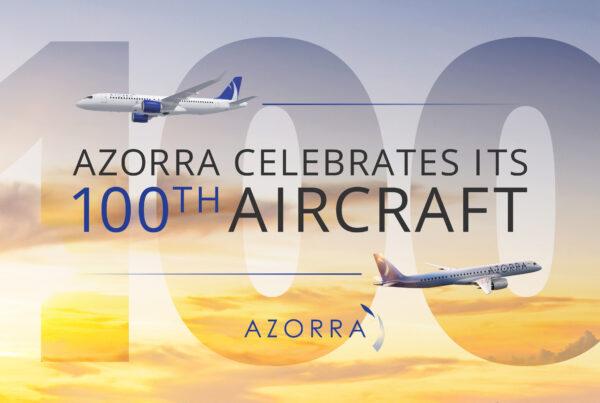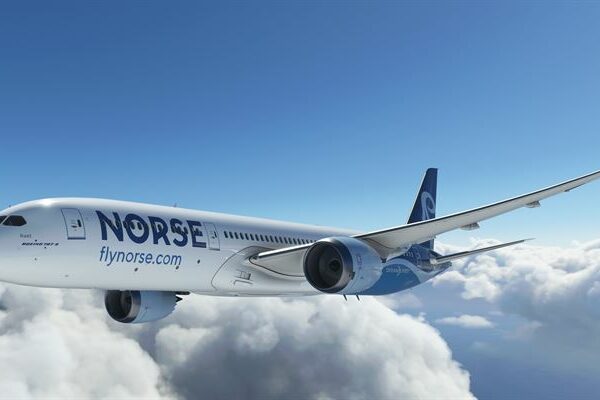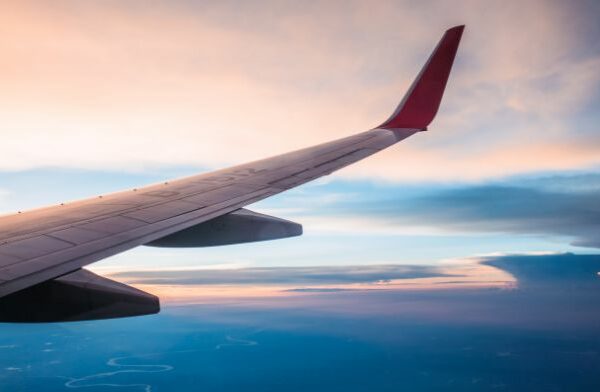Advances in high-speed, in-flight Wi-Fi connectivity are the driving force behind a wave of major investment in the commercial aviation sector, with the spending to be largely focused outside the cabin, according to a new report from Honeywell.
Nearly 60% of airlines are looking to purchase predictive maintenance technologies over the next year, with even more expected to invest further down the road, says the Honeywell Connected Aircraft Report. It also highlights that 86% of respondents will make connected aircraft purchases within the next 12 months, with that figure rising to 95% that are planning to do so within the next five. The majority will spend upwards of an estimated US$500,000 per aircraft.
Spending on connected technologies will increase dramatically in the coming years, driven by a rapidly growing demand for solutions that enhance the passenger experience, save airlines money and improve operational efficiency. The investment will be largely focused outside the cabin, with maintenance ranking highest among the pain points that airline decision makers want to tackle.
Investment in connected technologies is expected to rise significantly over the next year, and to increase more rapidly after that over the following five years.
“The airline industry is beginning to seriously invest in connected aircraft technology to proactively improve daily operations. The result is airline employees performing their daily roles more effectively, while also delivering the kind of service that passengers expect, including increased safety and on-time arrivals,” said Kristin Slyker, vice president, Connected Aircraft, Honeywell Aerospace.
60% of airlines to buy predictive technologies
“With the massive potential for cost savings and improved operations, predictive maintenance is the No. 1 area in which airlines are looking to invest. Our research revealed nearly 60% of airlines are looking to purchase predictive maintenance technologies over the next year, and even more are expected to invest down the road.”
The Honeywell Connected Aircraft Report features survey responses from maintenance personnel, flight and ground crew, fleet management personnel and other key stakeholders in the commercial airline sector on near- and long-term technology purchase plans.
Connected aircraft technologies are seen as one of the most important long-term investments to improve all-around operations and competitive standing within the industry. The benefits of these technologies also go well beyond passenger entertainment in the cabin.
According to the report, the next wave of investment in connectivity is to address three main challenges: maintenance effectiveness, fuel consumption and aircraft turnaround time.
“The connected aircraft brings immense opportunity to increase flight efficiency and productivity for pilots, maintainers and flight operations managers, while delivering a safer and more enjoyable experience for passengers,” said Slyker. “Data is allowing us to help airlines maximise their aircraft utilisation and increase their return on investment.”
Examples of connected data usage include applications that track fleet fuel usage; give pilots landing and navigation aids; crowd-sourced weather information accessed via mobile devices; and analytics solutions that use data from ‘smart’ sensors, sending it to maintenance personnel or aircraft operators during flight.
Maintenance issues can cost the industry upwards of hundreds of millions of dollars a year and contribute significantly to passenger dissatisfaction. Maintenance was ranked as the top priority in the report, with 88% of respondents labelling it as “Extremely Important” or “Very Important” for investment.
Fuel typically accounts for 20-40% of an airline’s operating costs, so it was no surprise that the report also highlighted that 73% of survey respondents listed fuel efficiency as “Extremely Important” or “Very Important” to an airline’s investment plan. “Saving fuel, shortening or eliminating delays, and having better real-time information will result in lower operational costs. On the customer side, we want to be the brand of choice. The new generation of business travellers (our most lucrative customer) wants to be connected at all times and have information readily available. The airline that can provide this will have a competitive advantage,” it quoted one respondent working in ground operations at a passenger airline.
Airlines are also willing to give their investment time to pay off – only 27% of respondents expect a return between 12 and 18 months, with 28% expecting a return between 19 months and three years.
About half of the respondents expect to spend up to $1 million per aircraft on connectivity technologies over the next year, with most looking to spend between $100,000-$500,000. The larger jump is seen over the next five years, with 38% of respondents reporting that they expect to spend at least $1 million per aircraft on connected technology during that time span. A full 17% plan to spend more than $10 million per aircraft on connected technologies over the next five years.







